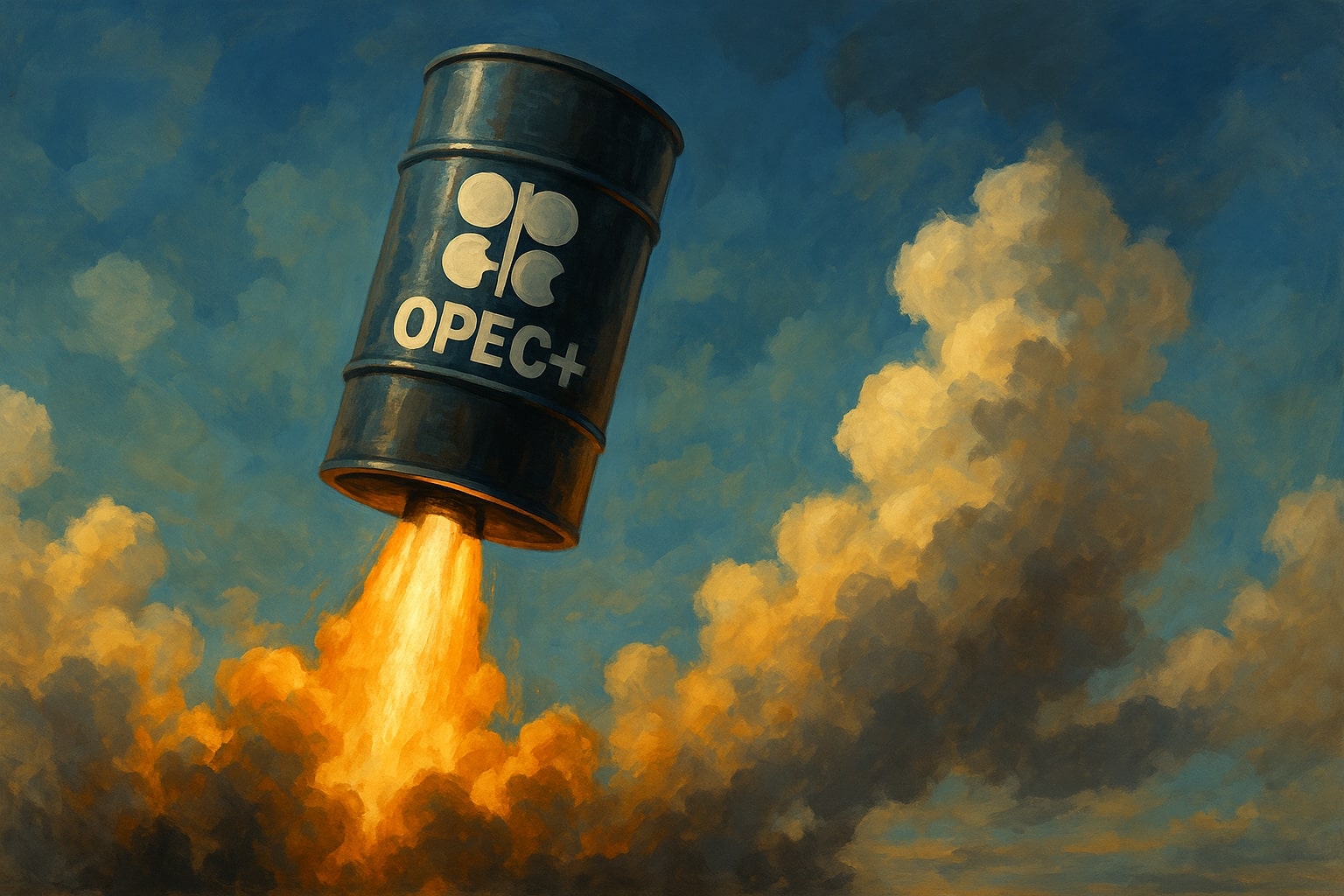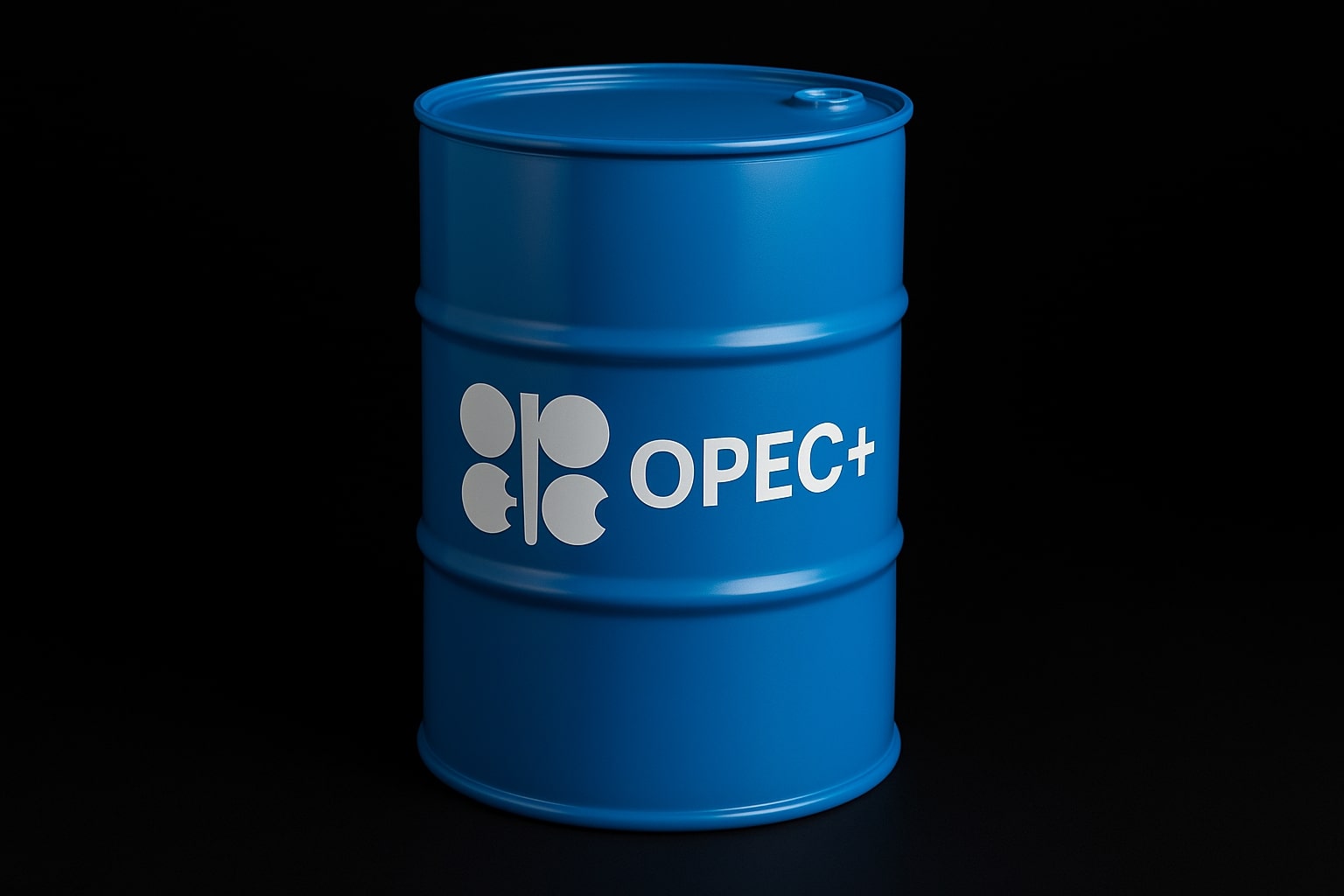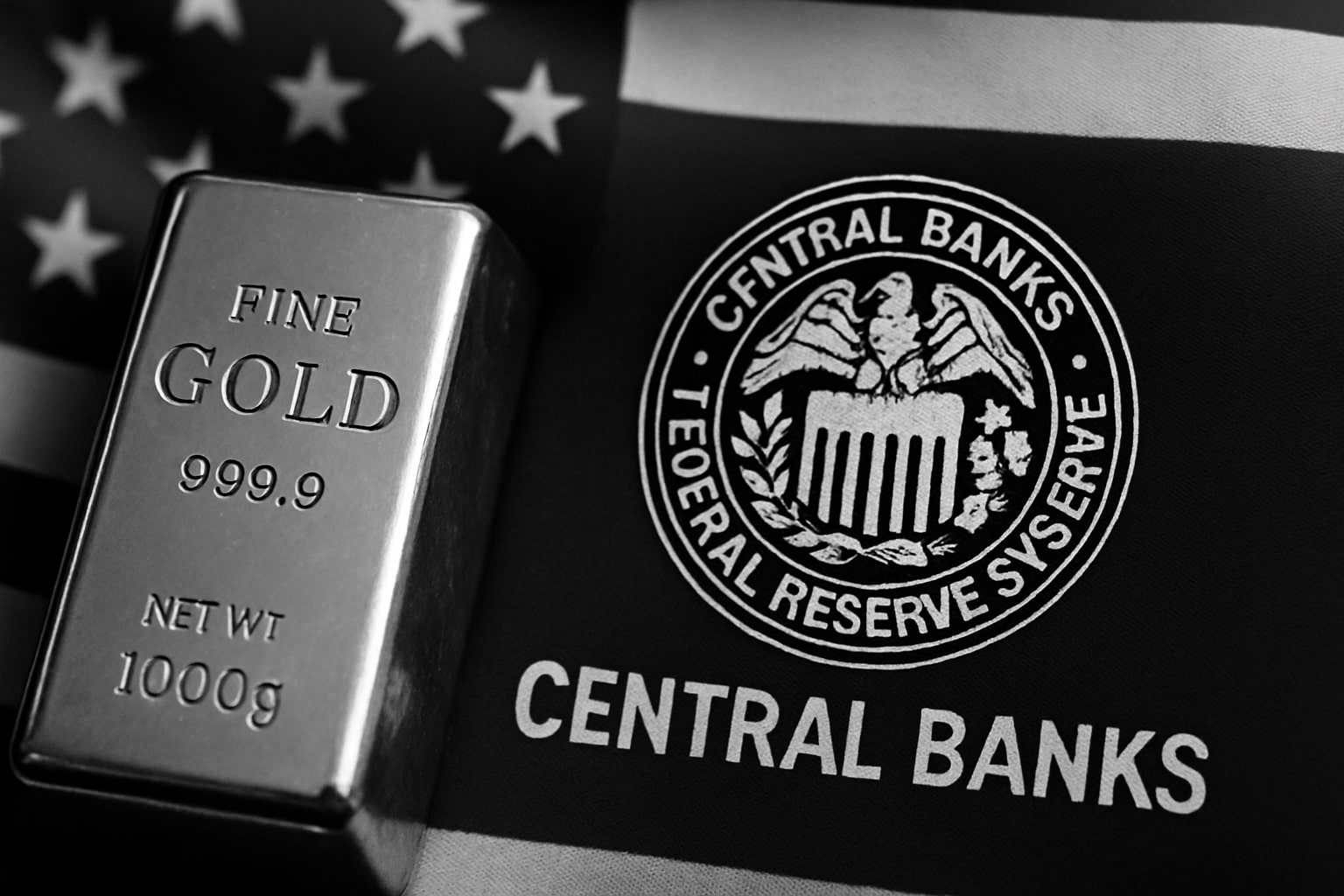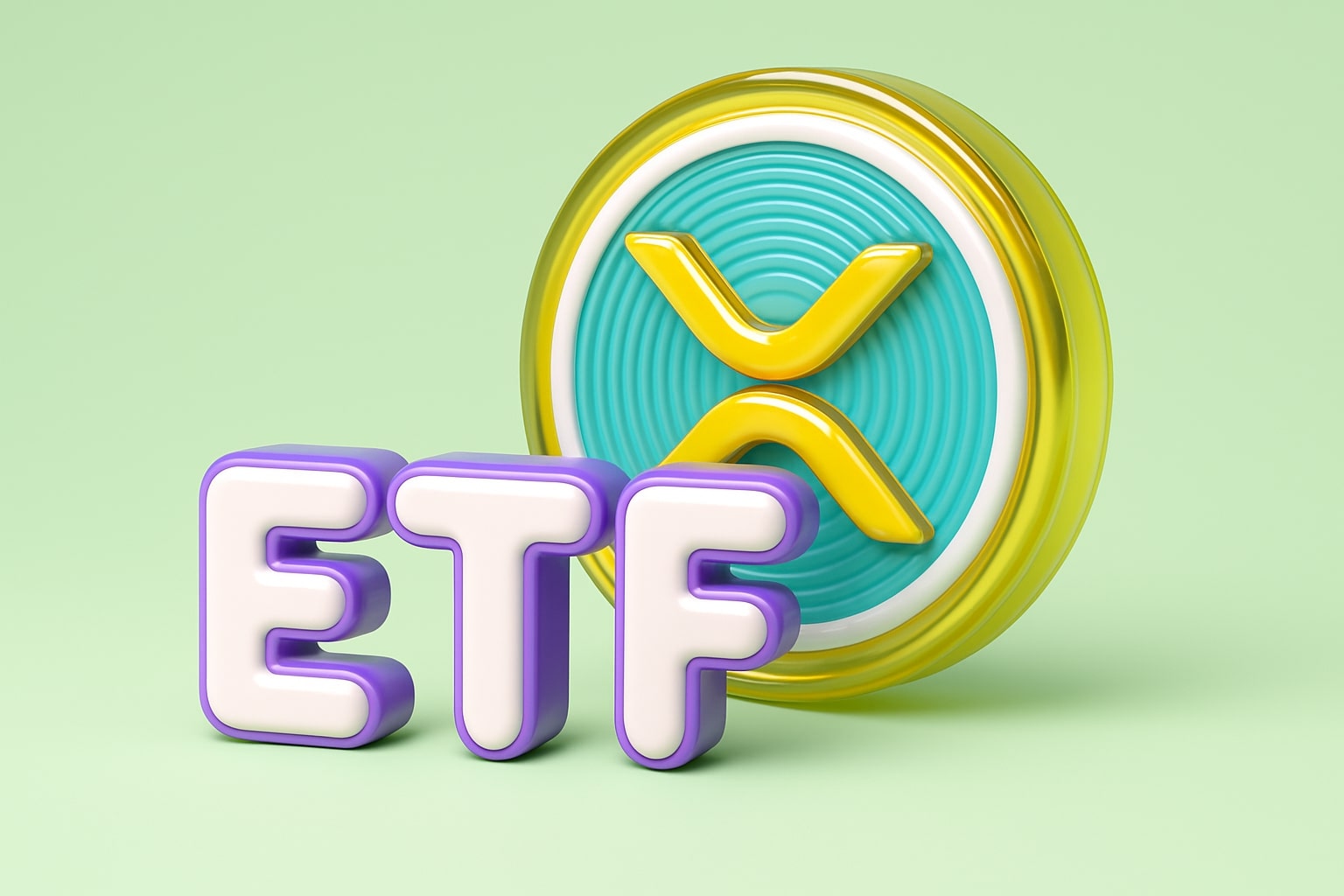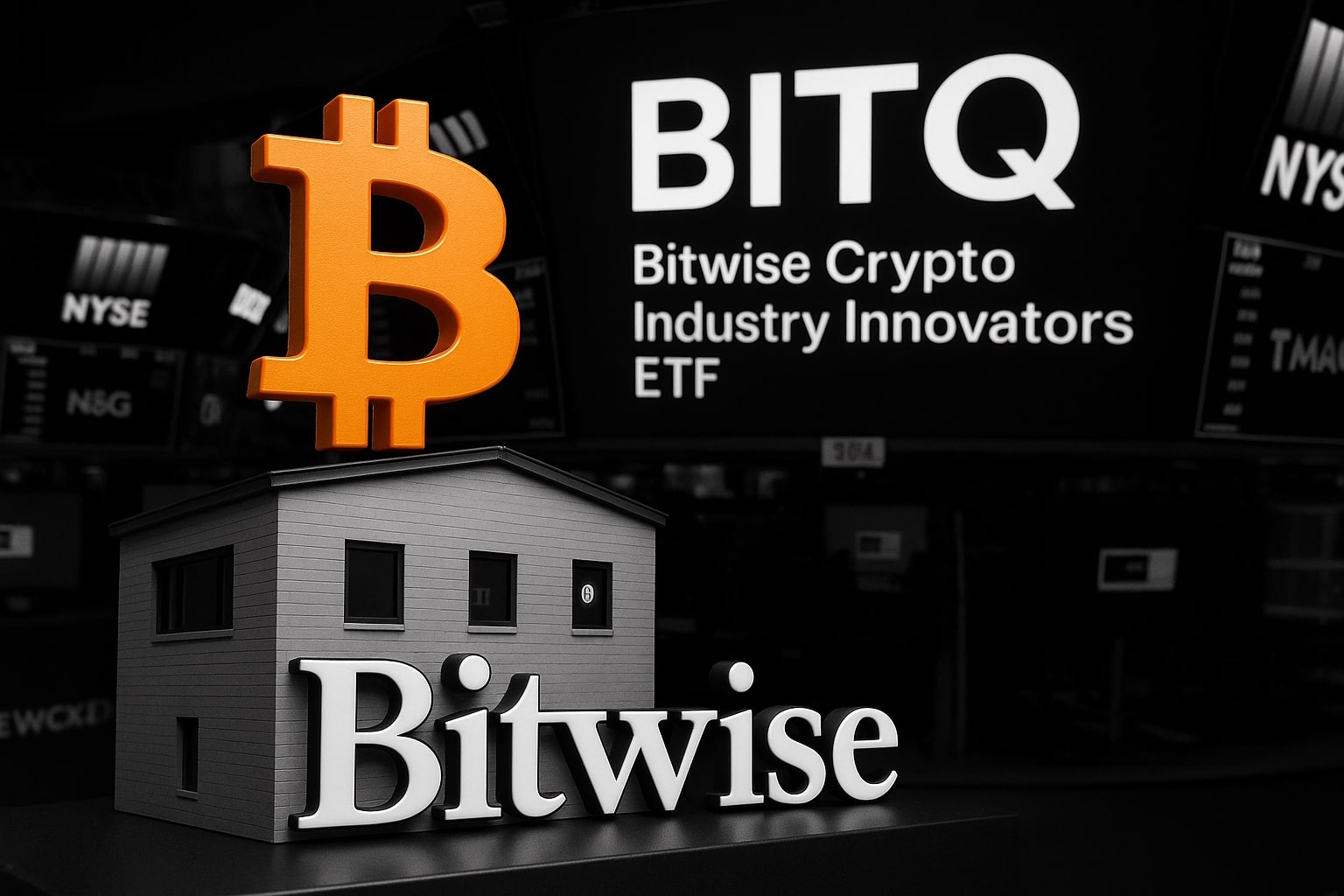WTI (CL=F) and Brent (BZ=F) Surge Despite Output Hike: Supply Boosts Already Priced In
West Texas Intermediate (CL=F) jumped 4.6% to $63.59, and Brent (BZ=F) surged 4.3% to $65.47 on Monday, driven not by tightening supply but by a blend of geopolitical escalation, aggressive short-covering, and strategic OPEC+ pacing. Despite a fresh 411,000 bpd output hike announced by OPEC+, markets reacted positively, interpreting the move as a continuation of measured unwinding rather than a destabilizing supply surge. The futures curve had already priced in this output increment—had the cartel delivered a surprise larger increase, price damage would have been severe.
Instead, traders were caught leaning too far bearish. Hedge funds and money managers held a 257,000-contract gross short across Brent and WTI by May 27—an 8-month high, breached only five times since 2020. The rally triggered a squeeze, forcing widespread short-covering. According to Saxo Bank’s Ole Hansen, this positioning dynamic alone drove a considerable portion of Monday’s 4% spike.
Ukraine Conflict and Geopolitical Shock Premium Fuel the Rally
While the production hike would typically pressure prices, events in Eastern Europe overrode textbook fundamentals. Ukraine’s drone assault on four Russian military airports, destroying over 40 aircraft, injected fresh geopolitical risk into the oil complex. This renewed instability heightened the likelihood of Russian retaliation, increasing the embedded risk premium in Brent and WTI benchmarks. Traders leaned into the crisis as a near-term tailwind, especially as the broader peace outlook continues to deteriorate. The Russian theater now threatens to disrupt refined product flows as well as crude logistics.
Murban Crude (ADNOC) Reallocation Triggers Middle East Supply Tension
Separate from the OPEC+ headline output hike, the UAE’s ADNOC is executing a quiet, structural shift. It will reduce Murban crude exports by as much as 177,000 bpd from September 2025 through May 2026, rerouting those volumes into domestic refining at Ruwais. The spot premium for Murban spiked to a six-week high following this announcement. In contrast, Dubai crude spot prices sagged on Monday—exposing how ADNOC’s internal balancing diverges from broader OPEC+ policy. For global refiners dependent on light, sweet crude from the Gulf, this ADNOC reallocation poses a constraint not captured in headline OPEC+ volume discussions.
In August, Murban exports will already fall by 65,000 bpd compared to the previous schedule, a significant shift in a tight product market heading into seasonal demand.
OPEC+ Output Increases Seen as Predictable and Limited in Scope
The broader group, still loosely adhering to its voluntary cuts, will implement the third straight 411,000 bpd monthly hike in July, targeting an eventual restoration of 2.2 million bpd in total by October, according to Morgan Stanley. The bank emphasized that Saudi Arabia stands to benefit most, given its flexible spare capacity. Kuwait and Algeria may also raise production marginally, but the rest of the "Group of 8" members lack the infrastructure or spare volume to respond in kind. In effect, this softens the real-world impact of the policy headline.
Goldman Sachs, taking a more conservative stance, expects a final 410,000 bpd increase in August, then a pause, citing tight spot fundamentals, seasonal demand from summer travel, and strong global activity beats. OPEC+ itself framed the decision within the context of “healthy oil market fundamentals and steady global economic outlook.”
Gasoline Demand Spike Anchors WTI Floor, U.S. Driving Season Takes Hold
U.S. gasoline demand exploded higher just as the driving season began, providing another leg of support to oil prices. Analysts at ANZ highlighted a “huge spike in gasoline implied demand,” a bullish fundamental often overshadowed by upstream supply commentary. This demand uplift further distances the market from immediate downside risk.
West Texas Intermediate settled near $61.90 early Monday in Europe, marking a nearly $1.60 jump from Friday’s close. Brent hovered just above $62.57, stable but primed for further movement if demand momentum persists.
Kazakhstan’s Rebellion and Quota Friction Within OPEC+
Adding internal pressure to OPEC+ cohesion, Kazakhstan has informed the group that it will not comply with further production cuts, citing domestic profitability benchmarks. Analysts at SEB suggest oil prices would need to fall to $58 or lower to discourage Kazakhstan from overproducing. This creates a potential fracture in the agreement, especially if price resilience continues into Q3.
Meanwhile, traders are recalibrating around the notion that further hikes beyond the scheduled 411,000 bpd monthly path are unlikely to gain consensus, making recent increases more tolerable to markets than feared.
Oil Majors React: CVX and XOM Up Amid S&P 500 Weakness
Shares of Chevron (CVX) and ExxonMobil (XOM) gained modestly, both up 0.8%, as oil outperformed equities. The S&P 500 fell 0.2%, signaling rotation into energy names amid geopolitical and supply-driven price volatility. As price stability returns to the mid-$60 range, profit margins for integrated majors improve, drawing institutional flows back into the sector.
Derivatives Traders Remain Bullish, Positioning Supports More Upside
Open interest on oil derivatives has remained elevated, with speculative traders favoring upside calls over puts by more than 2-to-1. This options skew underpins a broader view that the worst of the price pressure is behind, especially with physical balances tightening and risk premiums growing.
Verdict: BUY
Based strictly on the data, this is a Buy. Prices at $63–$65 are absorbing a predictable, staged OPEC+ hike while geopolitical shocks, ADNOC export reallocation, and surging U.S. gasoline demand are driving bullish re-pricing. The real-world additions to supply are modest relative to trader expectations and demand strength. Murban’s reduction and Ukraine-Russia tension add asymmetric upside. Short interest is unwinding and sentiment has pivoted. Unless Kazakhstan causes internal disruption or demand unexpectedly collapses, WTI and Brent are biased toward $68–$72, offering a ~10–13% upside in the near term.
That's TradingNEWS














